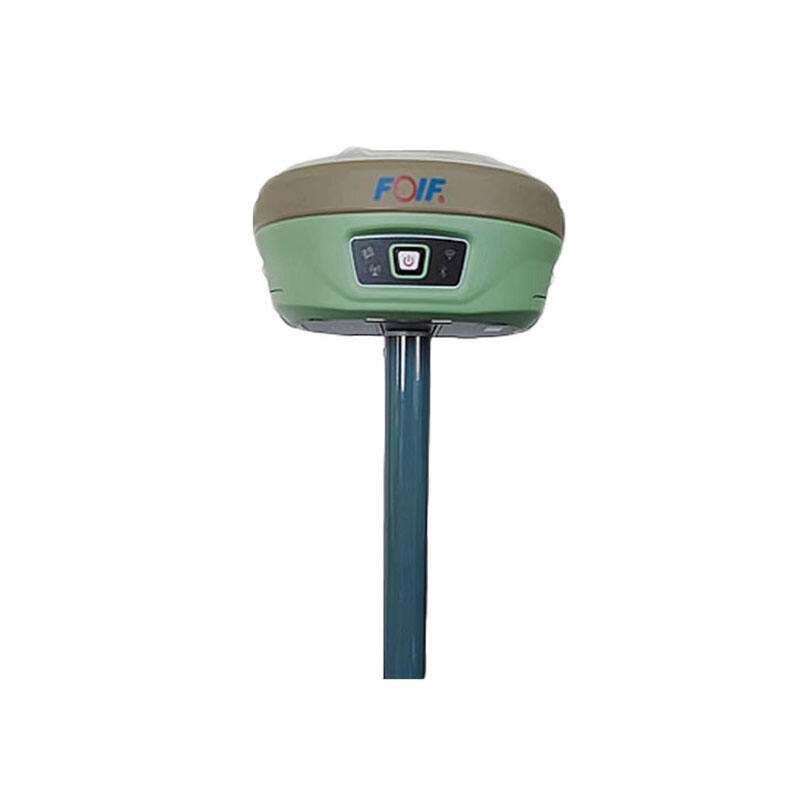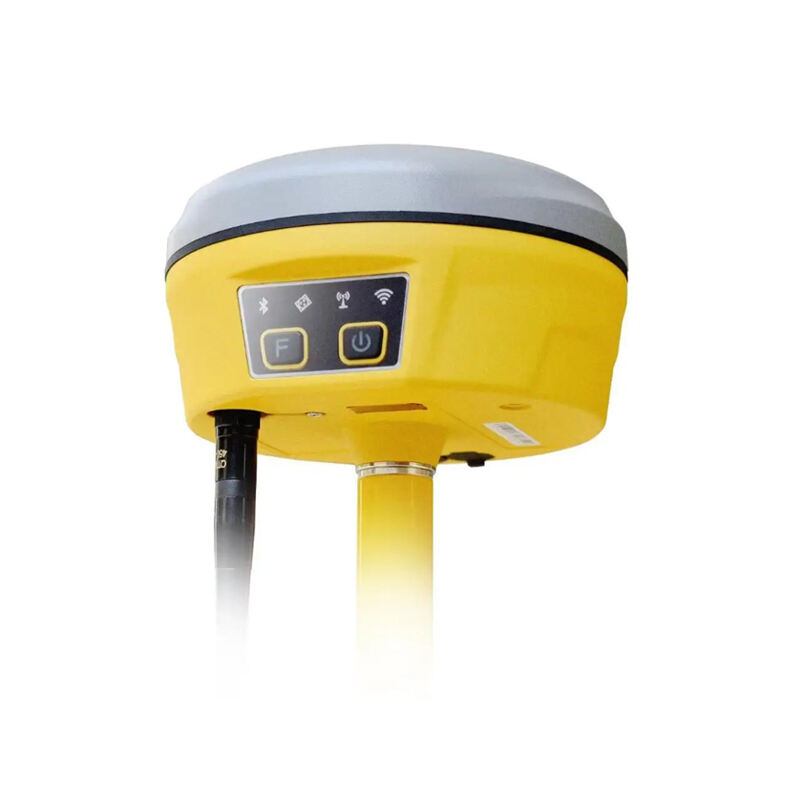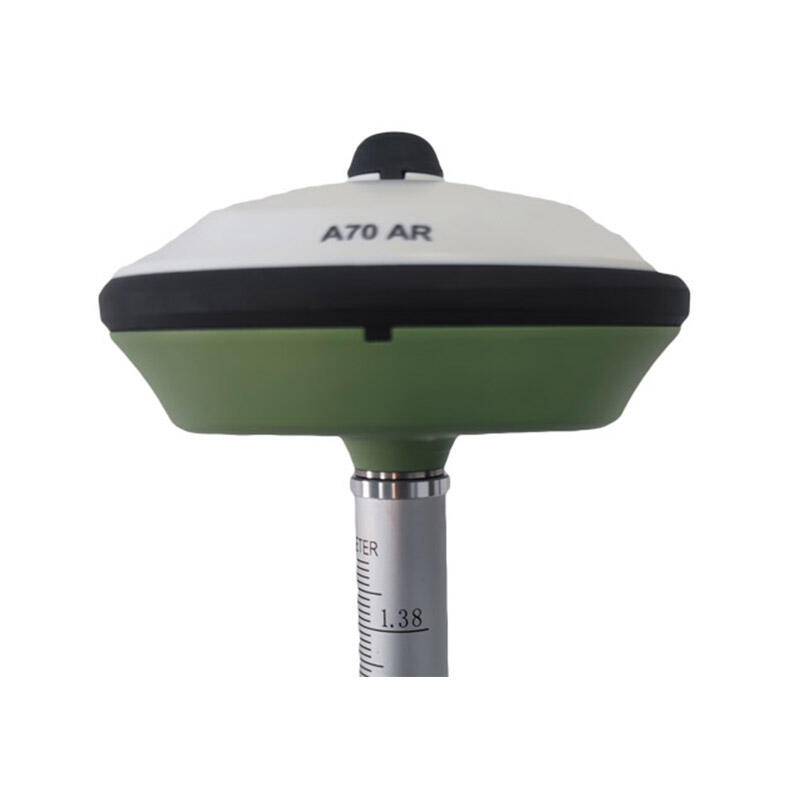rtk gnss receiver
The RTK GNSS receiver represents a significant advancement in high-precision positioning technology, combining Real-Time Kinematic positioning with Global Navigation Satellite Systems. This sophisticated device delivers centimeter-level accuracy by processing carrier phase measurements from multiple satellite constellations. Operating through a network of base and rover stations, the RTK GNSS receiver corrects atmospheric and orbital errors in real-time, ensuring exceptional positional accuracy. The system utilizes advanced algorithms to process satellite signals and compare them with reference data from fixed base stations. This technology incorporates multiple GNSS constellations, including GPS, GLONASS, Galileo, and BeiDou, maximizing satellite visibility and improving accuracy in challenging environments. The receiver's ability to process multiple frequencies enhances its resistance to ionospheric interference and multipath errors. Modern RTK GNSS receivers feature built-in communication modules supporting various data transmission protocols, enabling seamless integration with existing survey equipment and mobile devices. These receivers find extensive applications in precision agriculture, construction surveying, GIS data collection, machine control systems, and scientific research, where accurate positioning is crucial for success.


